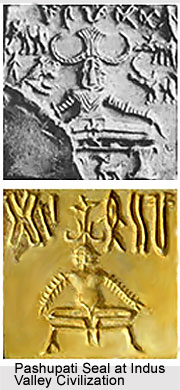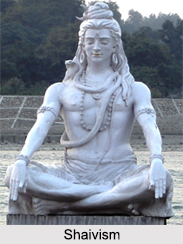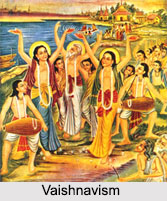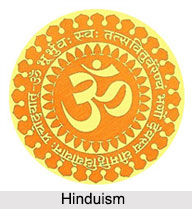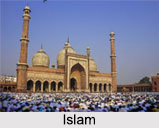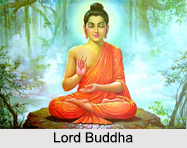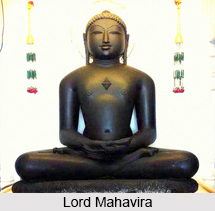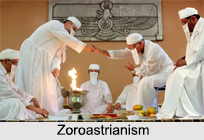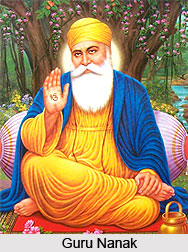Vastu Shastra is the ancient art of construction that dates back to the Vedic Age. While most people concentrate on the building and rooms, such as, drawing rooms, bedrooms and so on, what they miss out is the corner area. According to Indian Vastu Shastra these parts too are as important as the other sections of a building or flat.
• Vastu Shastra advises that it is always better to have 90° angles at all the corners of the plot. This is the reason why square and rectangular plots are considered good as all their corners are right angles.
• If the north-west angle is more than 90° and north-east angle is less than 90° this kind of plot is also considered good.
• The north-east angle should not be more than 90° and the north-west corner is less than 90° in a plot. If this is the case then the nature of the people residing here becomes violent and they will have a propensity to earn money by illegal means. The only solution for this problem is to remove the extended portion.
• The plots which measure 90° in the north-east and the north-west angles and where the south-east corner is also less than 90° are considered inauspicious. It leads a man to total destruction and creates worries, clashes and fear in his life.
• The south-west corner of a plot should not be more than 90°.
• If the south-west corner is less than 90° and the south-east is more than 90° then it will add to one`s anxieties. There will be frequent clashes and demonic tendencies will also increase.
• In a plot where none of the angles of the plot are of 90° it will result in loss of wealth and illicit works increases. Life becomes full of tensions and hardships.
• If the north-west and the northeast corners of the plot are less than 90° money will flow into the family but it will be difficult to retain the wealth. Continuous illness and sinful works are also expected.
• If the north-east and the south-east corners are less than 90° and the north-west and the south-west corners are more than 90°, a lot of money is earned but it will be impossible to retain the wealth. Such plots are known as Gomukhi plots as the front of the plot looks like the face of a cow.
• One of the features of the Gomukhi plot is that it is extended on both the north-east and the south-east side. This is not considered to be nice in Vastu Shastra. How ever, if the Gomukhi plot extends only in the north-east direction, it is very auspicious.
• If the north-east and the south-east corners are more than 90° and if the north-west and the south-west corners are less than 90°, it should not be bought at all. Such a plot is known as the Vyaghramukhi plot.
• According to measurements if the south-west and the south-east corners are 90° then the north-west corner will be less than 90° and the north-east corner more than 90°. This too is a kind of Vyaghramukhi plot. In properties like these enmity and sinful acts breed.
• If the north-west and the north-east corners measure 90°, the south-west corner is less than 90° and the south-east corner is more than 90° this too is a Vyaghramukhi plot. Accident and suicides will take place in such plots.
